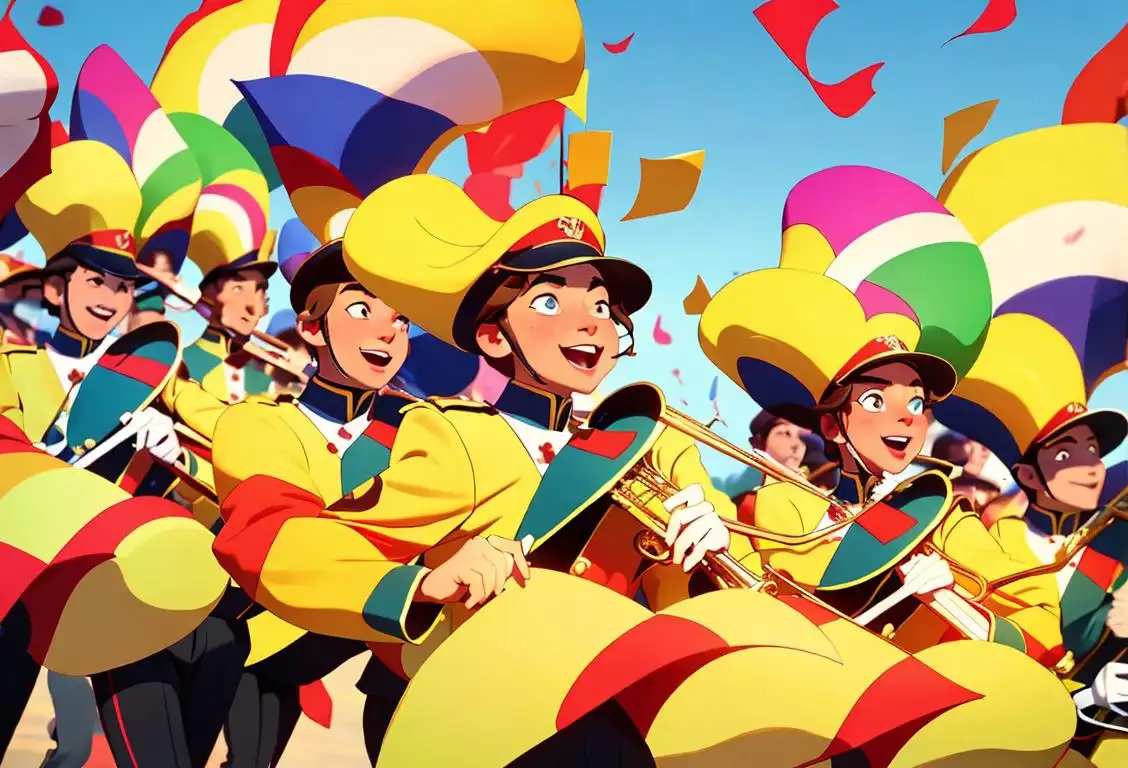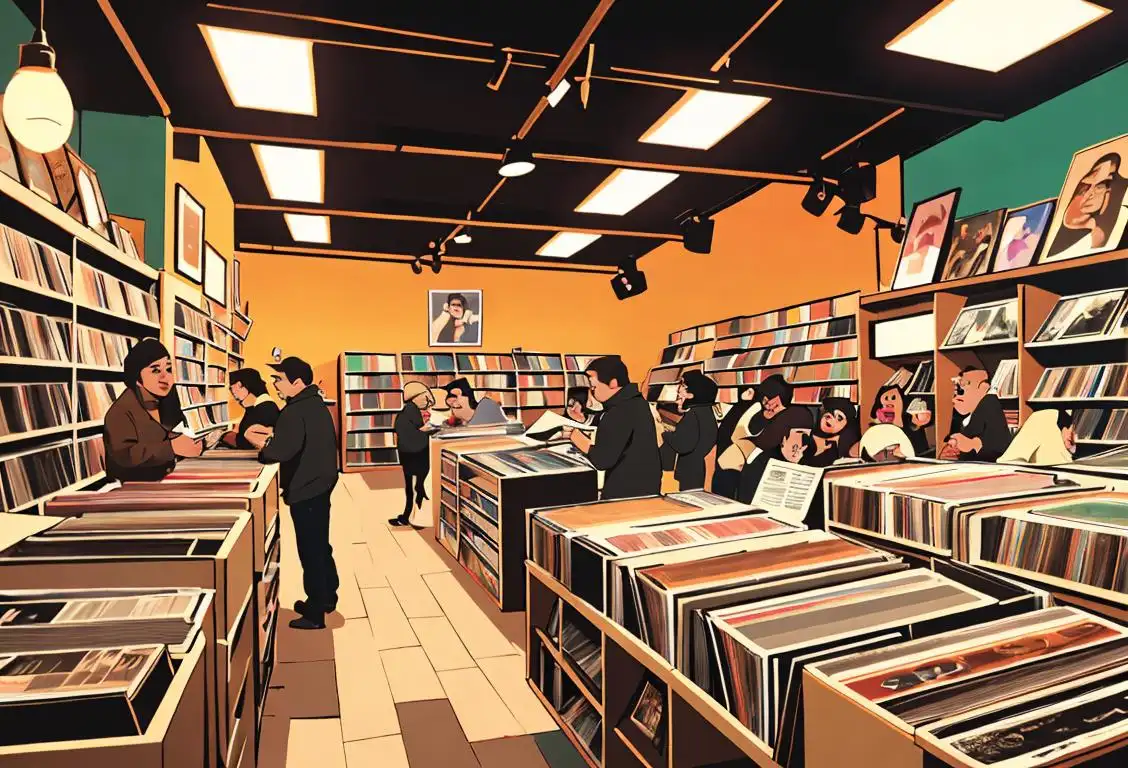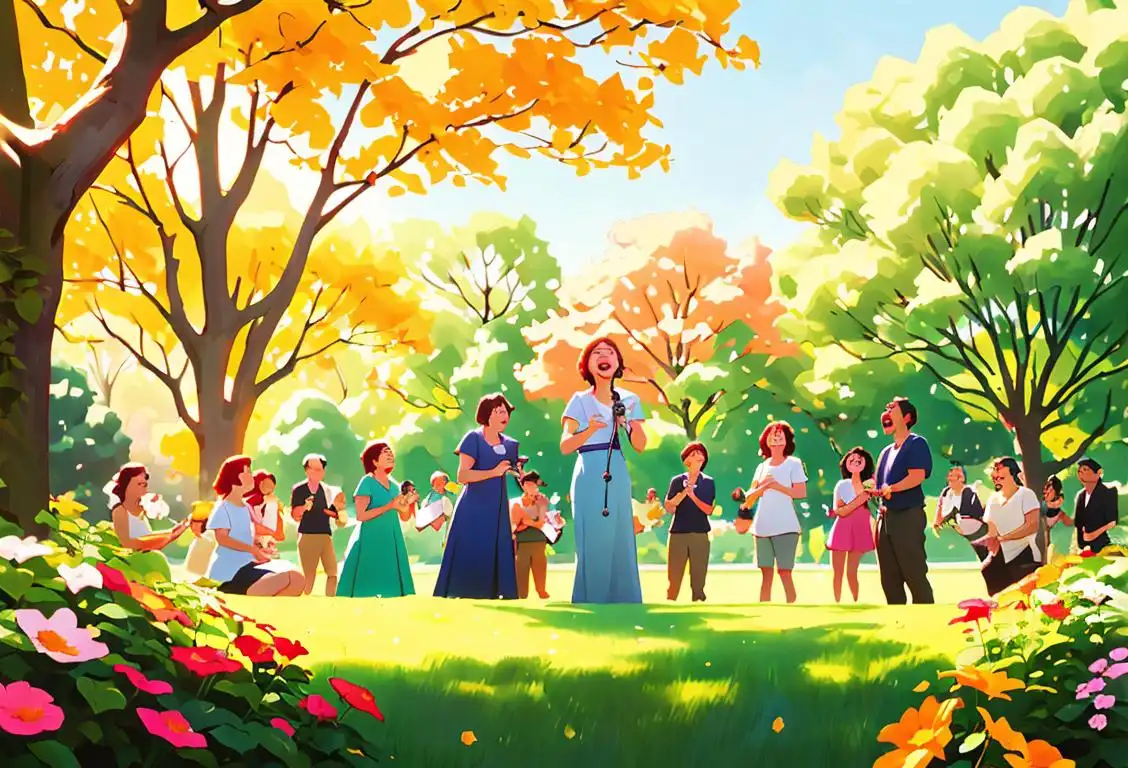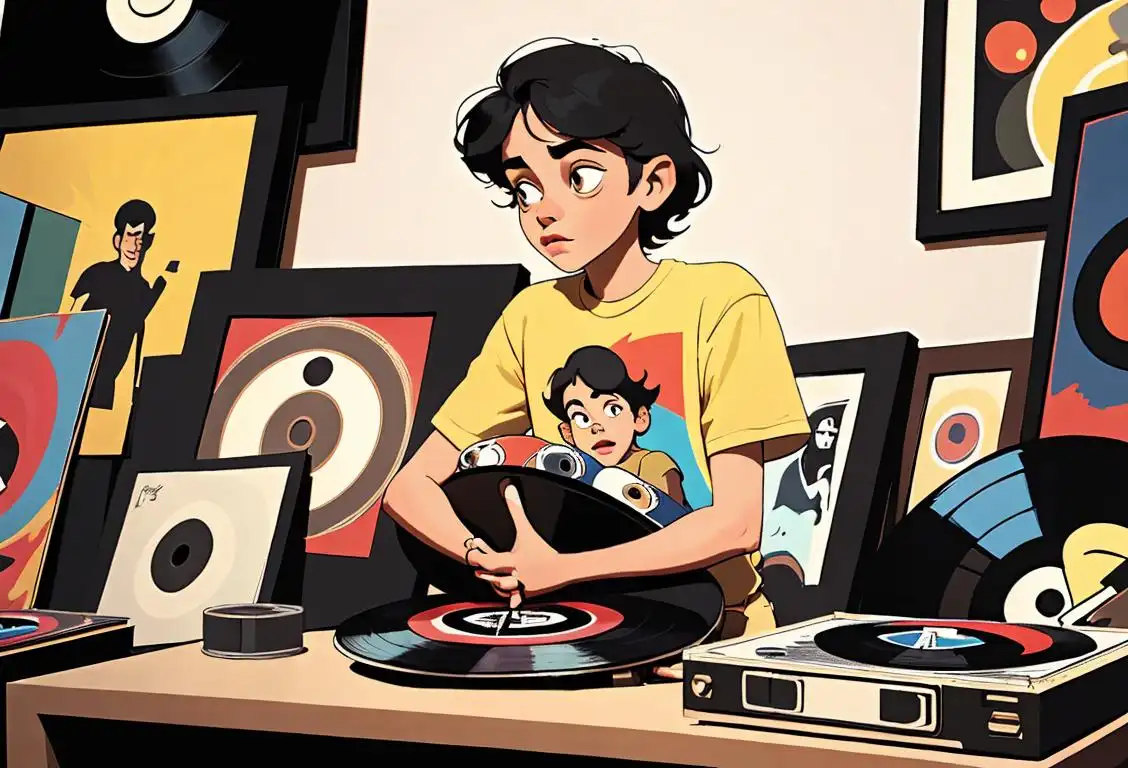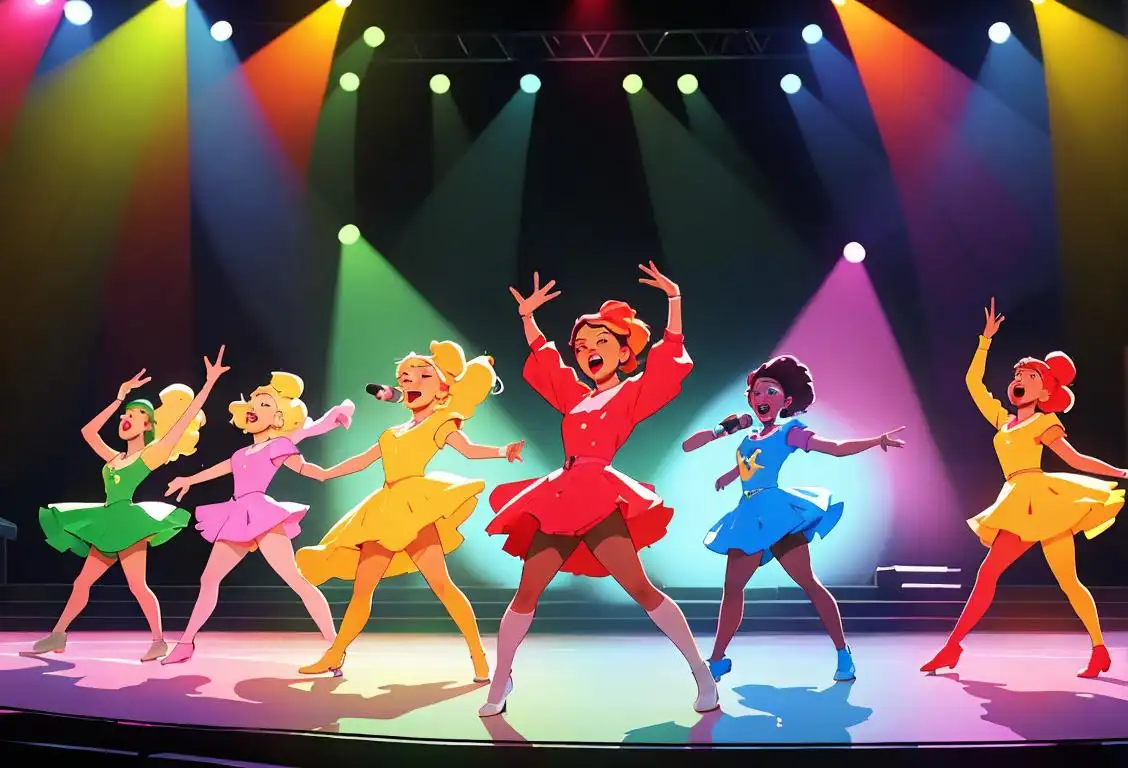National Viola Day

Sit up straight, tune up those four strings, and pucker up for a day of melodious celebration - it's National Viola Day! A day all about that richly-voiced string sibling sandwiched between the violin and the cello. Let's dive into the symphony of the internet chatter surrounding this harmonious holiday.
When is Viola Day?
It's national viola day on the 30th January.
A Little History
National Viola Day, according to the harmonious hum of the internet, is a day to celebrate the middle child of the family of strings. It's the alto of the orchestra, pulling its weight in every symphony and string quartet. Our data picked up on a crescendo of chatter surrounding National Viola Day on January 30, 2018, registering an impressive 136 web references to the day. One can only presume that on that day, violas worldwide were receiving some much-deserved love.
Why the Viola?
Why not, we say? Every instrument in an orchestra plays its part, and the viola is no exception. It's often outperformed by its flashier siblings – the soaring violin and the soulful cello, but the viola brings a unique tone and depth to the ensemble. It's like the perfect base to a delicious dish, providing that richness and body you can't quite put your finger on but miss notably if it's not there. So, it makes a lot of sense that the viola gets its own day of recognition.
Tuning Into the Celebration
Viola enthusiasts use this day to celebrate, share their love for the instrument, and maybe even introduce others to its unique charm. It's a day for passionate performances, learning new pieces, or even attempting to play the instrument for the first time. Above all, it's a day to spread the love for the unsung hero of the string section.
History behind the term 'Viola'
Early 16th century
The Birth of the Viola
The term 'viola' originates from the early 16th century when it was first used to refer to a musical instrument similar to a violin but slightly larger in size. This instrument was originally called the 'viola da braccio,' which means 'viola of the arm' in Italian. The viola da braccio featured a lower pitch range compared to the violin and was known for its warm and mellow tone.
Late 17th century
Evolution into the Modern Viola
During the late 17th century, the term 'viola' started to be used more generically, referring to various sizes of stringed instruments played with a bow. The design of the viola underwent some adjustments and improvements, resulting in the creation of the modern viola. The instrument maintained its distinct tonal quality, which made it a favored choice for composers in chamber music and orchestral compositions.
19th century
Prominence in Orchestral Music
In the 19th century, the viola gained greater prominence in orchestral music. Composers began to recognize the unique voice the viola brought to the ensemble, and its importance grew as more compositions featured specific parts for the instrument. Composers such as Felix Mendelssohn and Hector Berlioz composed numerous works that showcased the expressive capabilities of the viola, solidifying its place within the classical music canon.
20th century
Modern Viola Techniques
During the 20th century, advancements in playing techniques and repertoire expanded the possibilities of the viola. Pioneering violists, like Lionel Tertis and William Primrose, pushed the boundaries of the instrument and inspired new compositional styles. The viola's rich and dark sound became increasingly sought after, attracting more musicians to specialize in playing this captivating instrument.
Present Day
Contemporary Viola Music
Today, the viola continues to be an essential part of classical music, as well as other genres like folk, jazz, and contemporary compositions. Modern composers explore new techniques and incorporate the unique timbre of the viola into their works. Additionally, the viola is enjoying a resurgence in popularity, with a growing number of talented performers dedicated to showcasing its beauty and versatility.
Did you know?
Did you know that the viola is the only instrument in the orchestra that uses the alto clef? Most instruments use the treble or bass clef. The viola really does march to the beat of its own drum!Tagged
fun celebration music viola orchestra arts instrumentsFirst identified
13th December 2017Most mentioned on
30th January 2018Total mentions
136Other days
Viola Day
Drummer Day
Marching Arts Day
Record Store Day
Giggs Day
Dogg Day
Sing Out Day
Music Day
Album Day
Stadium Concert And Had To Add Another Day

